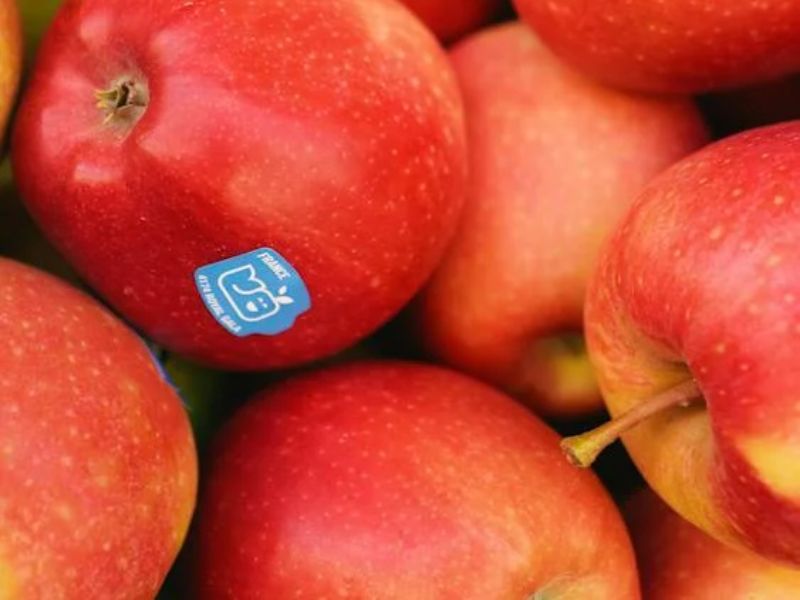Have you ever wondered about those tiny stickers adorning fruits and vegetables at your local grocery store? They may seem inconspicuous, but these stickers serve a crucial purpose. In this article, we’ll unveil the mystery behind those stickers and explore their significance in the produce world.
Identifying The Produce
The primary purpose of those stickers is to identify the type of fruit or vegetable you’re buying. These Universal Product Codes (UPCs) or Price Look-Up (PLU) codes are essential for consumers and retailers. They make it easy to determine the exact item and price during checkout.

Image Credit: Pexels/Dom J
Differentiating Organic And Conventional
The stickers also help distinguish between organic and conventional produce. Organic items have a five-digit PLU code starting with a “9,” while conventional ones begin with a “4.” This labeling ensures consumers can make informed choices about their purchases, particularly those who prefer organic products.
Streamlining Checkout
Cashiers at the grocery store greatly benefit from these stickers. Scanning the barcode on the sticker accelerates the checkout process, reducing waiting times for customers and improving overall efficiency in the store.

Image Credit: Pexels/Studio Saiz
Quality Assurance And Traceability
Stickers play a vital role in quality control and traceability. Retailers can track the product’s origin using the sticker information if there’s a recall or safety concern. It ensures a swift and targeted response to any potential issues.
Country Of Origin
Many stickers also indicate the country of origin of the produce. This information helps consumers make informed decisions about the source of their food. It also supports local farmers by allowing consumers to choose products from specific regions.